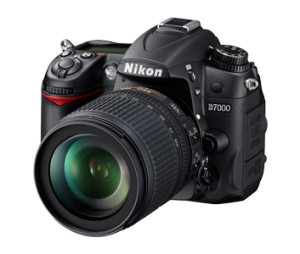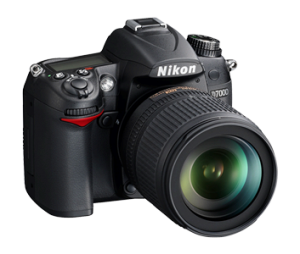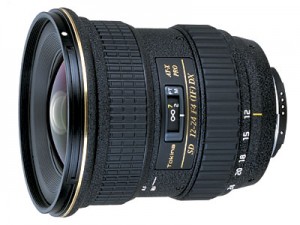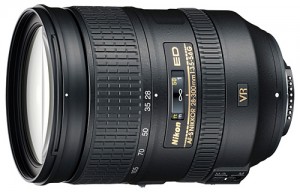 After years of anticipation, pouring over specs, researching and reading reviews I have finally taken the step to get a digital single lens reflex (DSLR) camera. I had certain criteria that I set regarding resolution, image quality, features, component expandability, and building a system for the future – one that I would be happy with and would be worthy of my investment. And of course there was a budget to consider.
After years of anticipation, pouring over specs, researching and reading reviews I have finally taken the step to get a digital single lens reflex (DSLR) camera. I had certain criteria that I set regarding resolution, image quality, features, component expandability, and building a system for the future – one that I would be happy with and would be worthy of my investment. And of course there was a budget to consider.
While it is certainly true that the equipment is not what makes a great photographer, stepping up from point and shoot cameras to a DSLR opens the door to much greater flexibility with faster lenses (choices in depth-of-field) and the ability to change the lens based on the nature of the subject or project requirements. DSLRs also come with bigger sensors (usually) and faster and improved image processing than their less expensive cousins, not to mention an increased feature list that can increase creativity to the knowledgeable photographer.
The Camera
 My final choice… a Nikon D7000. It is a DX format camera (Nikon’s name for their APS-C sized sensor). A DX format camera has a 1.5 multiplication fact, meaning that a 28-300mm lens on a DX camera has the 35mm equivalent of being a 42-450mm lens. You win for telephoto work such as wildlife photography but take a hit with wide angle work. With a 16.2 MP sensor resolution size fit what I was looking for and the image quality has been shown to be outstanding.While there a number of DSLR manufacturers, I kept my selection between Canon and Nikon. The other choice to make was whether to get a full frame sensor camera or a APS-C sized sensor. Again, budget was a significant player in the choice between full frame or APS-C camera sensors.
My final choice… a Nikon D7000. It is a DX format camera (Nikon’s name for their APS-C sized sensor). A DX format camera has a 1.5 multiplication fact, meaning that a 28-300mm lens on a DX camera has the 35mm equivalent of being a 42-450mm lens. You win for telephoto work such as wildlife photography but take a hit with wide angle work. With a 16.2 MP sensor resolution size fit what I was looking for and the image quality has been shown to be outstanding.While there a number of DSLR manufacturers, I kept my selection between Canon and Nikon. The other choice to make was whether to get a full frame sensor camera or a APS-C sized sensor. Again, budget was a significant player in the choice between full frame or APS-C camera sensors.
Lenses
Now for my selection of lenses. Once the camera is chosen, then the range of lenses is narrowed. They have to be able to mount on the selected camera. But I still have the choice of the camera manufacturers lenses (Nikon) or third party lenses that will fit on the camera and are compatible.
Once the lens format is narrowed down, the other consideration is what focal range to select – or a fixed focal length lens. As I am just starting to build my glass collection, I chose to get a FX format lens that would be useable even if I upgrade the camera to FX format down the road. Wish I could afford the Nikon 70-200mm f2.8 VR II lens but my budget would not handle that. I chose the Nikon 28-300mm f3.5-5.6 VR II which has had some excellent reviews.As in the choice of a camera, I can chose between lenses designed for the FX (full frame) or DX sensors. But the lenses are not exclusive to camera format. A FX designed lens can be used on a FX or DX format camera but a DX lens can only be used successfully on a DX format camera. Normally, FX lenses are costlier than DX lenses.

Because of the multiplication factor of lenses on a DX format camera changes their effective focal length, I needed to fill in the wide angle range of my glass selection. This time I selected a third party lens based on the focal range I was looking for and reviews of comparable lenses in that range. Lens of choice this time was the Tokina 12-24mm f4.
I have the start of a great camera kit. Sometime soon I would like to add a macro lens and a very fast prime lens. Maybe in the future I will also get faster zooms but for now, this is a great outfit and I am very happy.
Now to take this giant step and apply it to creating imagery that has been locked in my mind’s eye.

